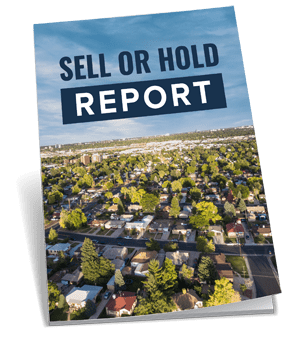The type of property your current investment property is - i.e. house or unit.
We analyse the market in which your current investment property resides in order to forecast its potential for future growth. We then compare this potential with other suitable alternative property markets to see if your equity would be better off elsewhere.
In order to perform our comparison, we analyse the data for your current investment property’s market. Note the use of the term ‘market’. This is not just a suburb, but a dwelling type within a suburb. For example, there could be very different supply & demand characteristics for units in a suburb versus houses.
Our definition of a house is based on how they are classified by real estate agents on listing portals. There are some cases where it is not clear which group a property falls into: houses or units.
Our approach is to classify a townhouse as a house, not a unit, except in cases where the townhouse has only 2 bedrooms. A 1 or 2-bedroom townhouse is considered a unit.
A villa or a terrace is always considered as a house regardless of the count of bedrooms.





